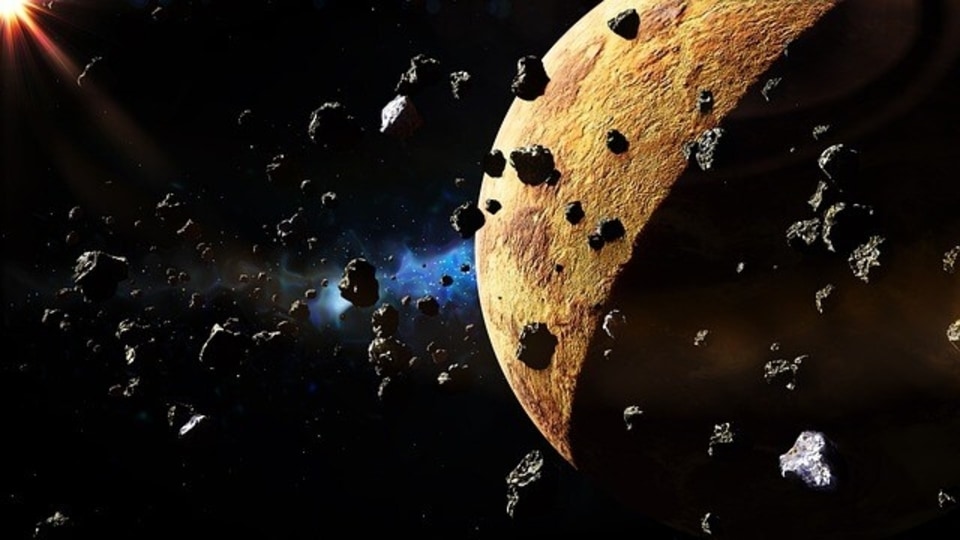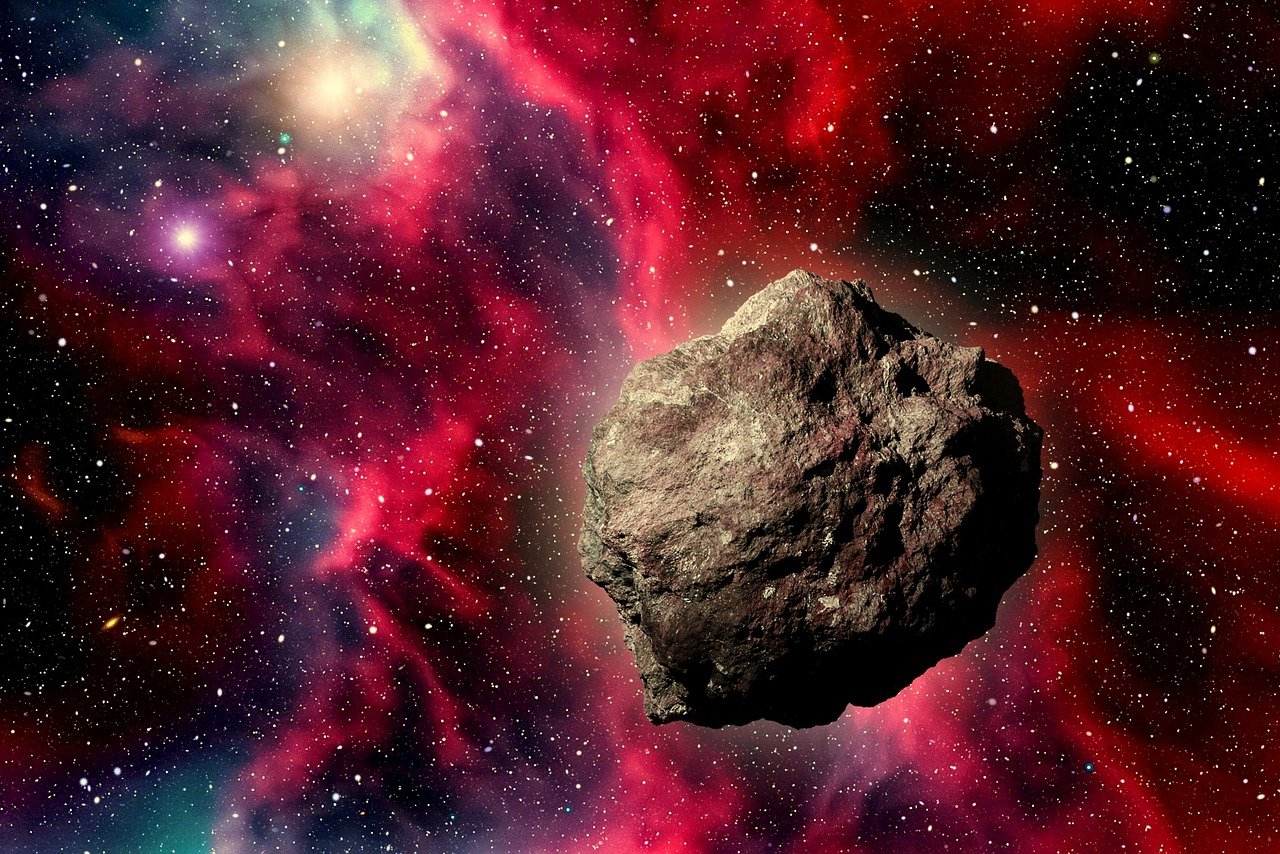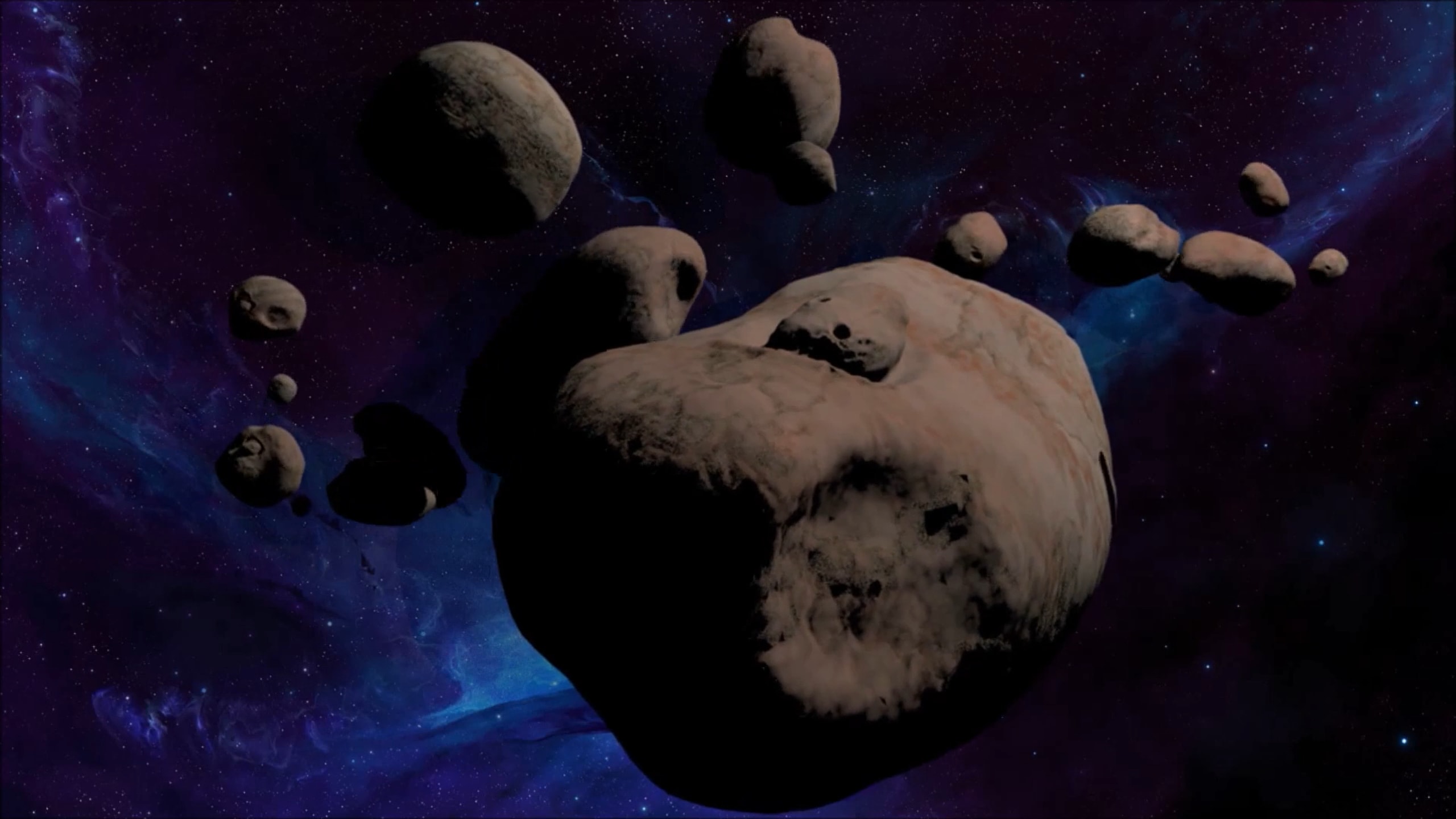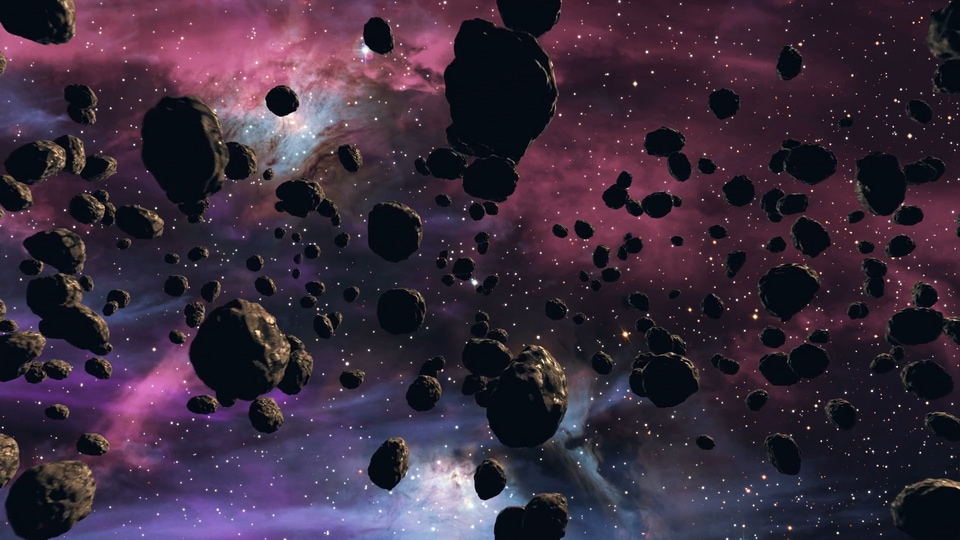Asteroid 2023 XE12 to pass Earth for the first time soon, reveals NASA; Check details
An Apollo group asteroid designated as Asteroid 2023 XE12 is expected to pass Earth soon, NASA has revealed. Know its speed, size, distance of approach, and other details.






 View all Images
View all ImagesRecently, NASA repurposed the OSIRIS-REx spacecraft to study asteroid Apophis which will come dangerously close to Earth in 2029. It is just one of the ventures undertaken by the space agency to discover, track, and study asteroids in a bid to eliminate uncertainties around their close approaches. Using its advanced technology, NASA has revealed that an asteroid is set to pass Earth in the coming days, and it is as big as an aircraft! Know all about this close encounter.
Asteroid 2023 XE12: Speed, size, and more
The asteroid has been designated as Asteroid 2023 XE12 by NASA's Center for Near-Earth Object Studies (CNEOS). It will come close to Earth on December 31. This Near-Earth Asteroid (NEA) is expected to make its closest approach to the planet at a speed of about 42386 kilometers per hour. During its closest approach, it will pass by the planet at a distance of approximately 5.6 million kilometers. It is important to note that while it has been termed as a Near-Earth Asteroid due to its close distance of passing, it is not expected to actually impact the planet.
It belongs to the Apollo group of Near-Earth Asteroids, which are Earth-crossing space rocks with semi-major axes larger than Earth's. These asteroids are named after the humongous 1862 Apollo asteroid, discovered by German astronomer Karl Reinmuth in the 1930s.
How big is the asteroid?
According to NASA, Asteroid 2023 XE12 is approximately 130 feet wide, making it almost as big as an aircraft! It is nearly twice the size of the Chelyabinsk asteroid which caused destruction in 2013, damaging over 7000 buildings and leaving nearly 1000 people injured.
Asteroid 2023 XE12 has not passed Earth before and this will be its first-ever close approach. After today, this Apollo group asteroid is not expected to pass by the planet anytime in the near future.
NASA tech used to study asteroids
To discover, monitor and study asteroids in space, NASA has several space telescopes and ground-based observatories in place such as the NEOWISE telescope, Atacama Large Millimeter/submillimeter Array (ALMA), Pans-STARRS1, Catalina Sky Survey, the Hubble Space Telescope and the new $1 billion James Webb Space Telescope. Moreover, spacecraft such as Dawn, OSIRIS-REx, and Hayabusa2 have also helped in discovering and studying these ancient space rocks, unlocking their secrets.
Catch all the Latest Tech News, Mobile News, Laptop News, Gaming news, Wearables News , How To News, also keep up with us on Whatsapp channel,Twitter, Facebook, Google News, and Instagram. For our latest videos, subscribe to our YouTube channel.





























